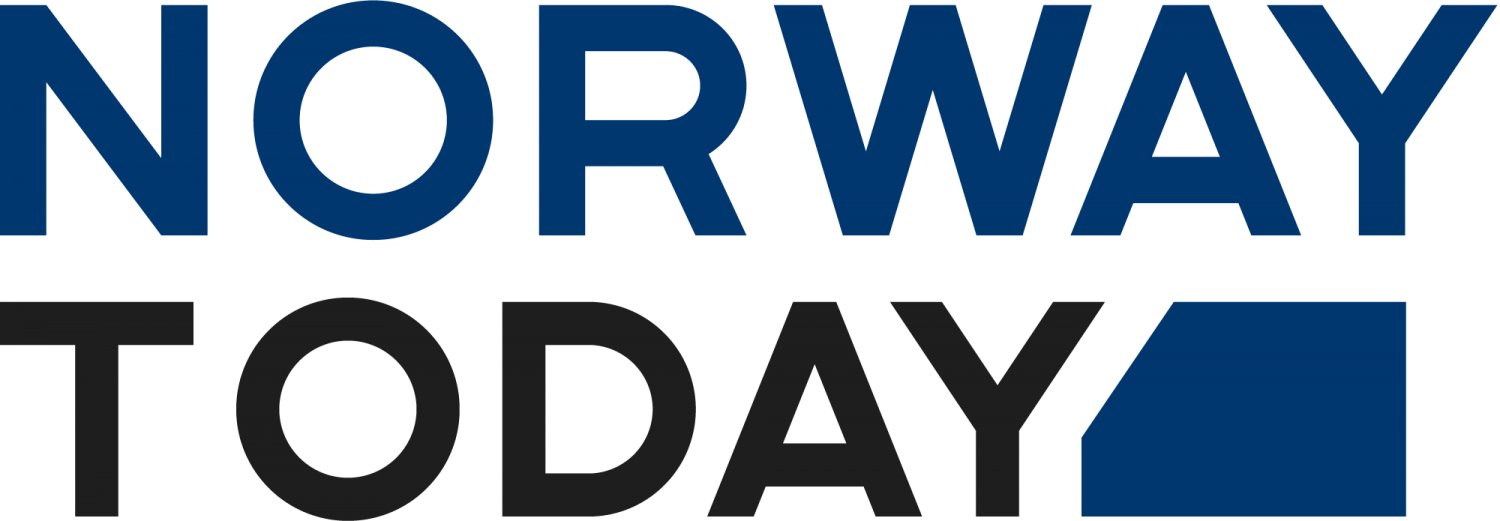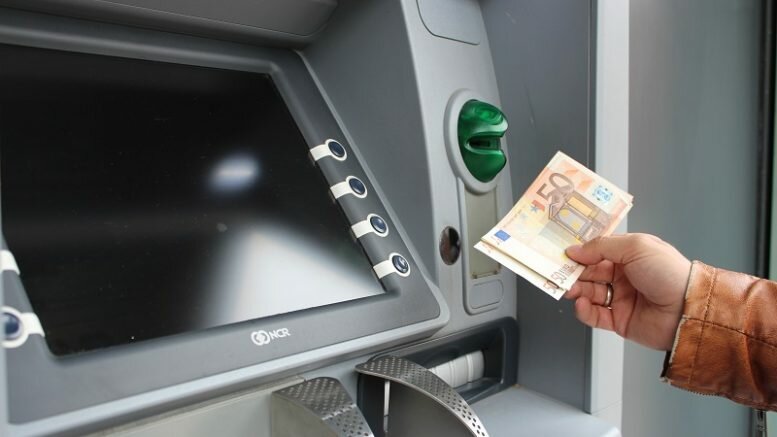Norwegians lose between one and two billion a year because of the question, Euro or Norwegian kroner?
If you spend money abroad, you’ll often be asked, Euro or Norwegian kroner?. Norwegians lose 1.5 billion annually making the wrong choice.
Thomas Fjeld took a regular Danske Bank card when he and his family spent four weeks on the Greek island of Samos last summer holiday.
Cash was a necessity, and on two occasions the family-father withdrew money from various ATMs on the island.
This ended up costing him over NOK 1000 in unnecessary currency costs, explained Fjeld to Dinero.no. The reason was that he chose to withdraw the money in Norwegian kroner rather than the local currency.
The ATMs or bank terminals abroad often ask if you wish to complete the transaction in Norwegian kroner or local currency when withdrawing money or making a payment.
In practice, you will receive local banknotes either way, the difference being that you’ll pay what it costs you in Norwegian kroner if you choose Norwegian over local currency, as Fjeld did when he withdrew money.
A withdrawal of 600 euros would charge MasterCard rates, and Danske Bank’s currency discount (2%), costing NOK 5870. Instead, Fjeld paid 6242 kroner, about 370 kroner extra.
If you choose the ‘currency of the card’, i.e. Norwegian kroner, the shop, or the owner of the ATM, determines the exchange rate charged, which is always higher than local currency, and the extra money goes straight into the pocket of the bank,or merchant.
At the first withdrawal, the difference wasn’t enough to affect Fjeld, but when he withrew 800 euros the following week, the cost was an unnecessary 750 kroner, which was a different matter.
Irritating
‘It irritated me a lot. I think it’s totally disgusting to charge so much without any advance warning,’ said Fjeld to Dinero.no.
Even if you request the exchange rate when you withdraw in Norwegian kroner, it may not be in line with the actual exchange rate of the day, nor would one naturally suspect that the exchange rate offered is disadvantageous.
‘We weren’t told of any fees, though it turned out to be almost 10% more expensive to make the withdrawals in Norwegian kroner. Had I received information in advance about this discrepancy, I would have said ‘no’’, said Fjeld.
If you choose a local currency, be it euros, pesos or dollars, the payment network you have on your card will choose the price for you. This rate is competitive, and will, in the main, be paid at the best rate you can get.
The cold, hard statistics tell us that Fjeld and his family were far from the only ones to suffer losses from currency exchange.
Norwegians throw an insane figure of approximately 1.5 billion a year down the pan, simply by choosing Norwegian kroner over local currency durimg withdrawals and payments abroad.
The road ahead is crystal clear, and Fjeld’s strongly advises others to withdraw money in local currency, and not Norwegian kroner when on holiday or business abroad.




